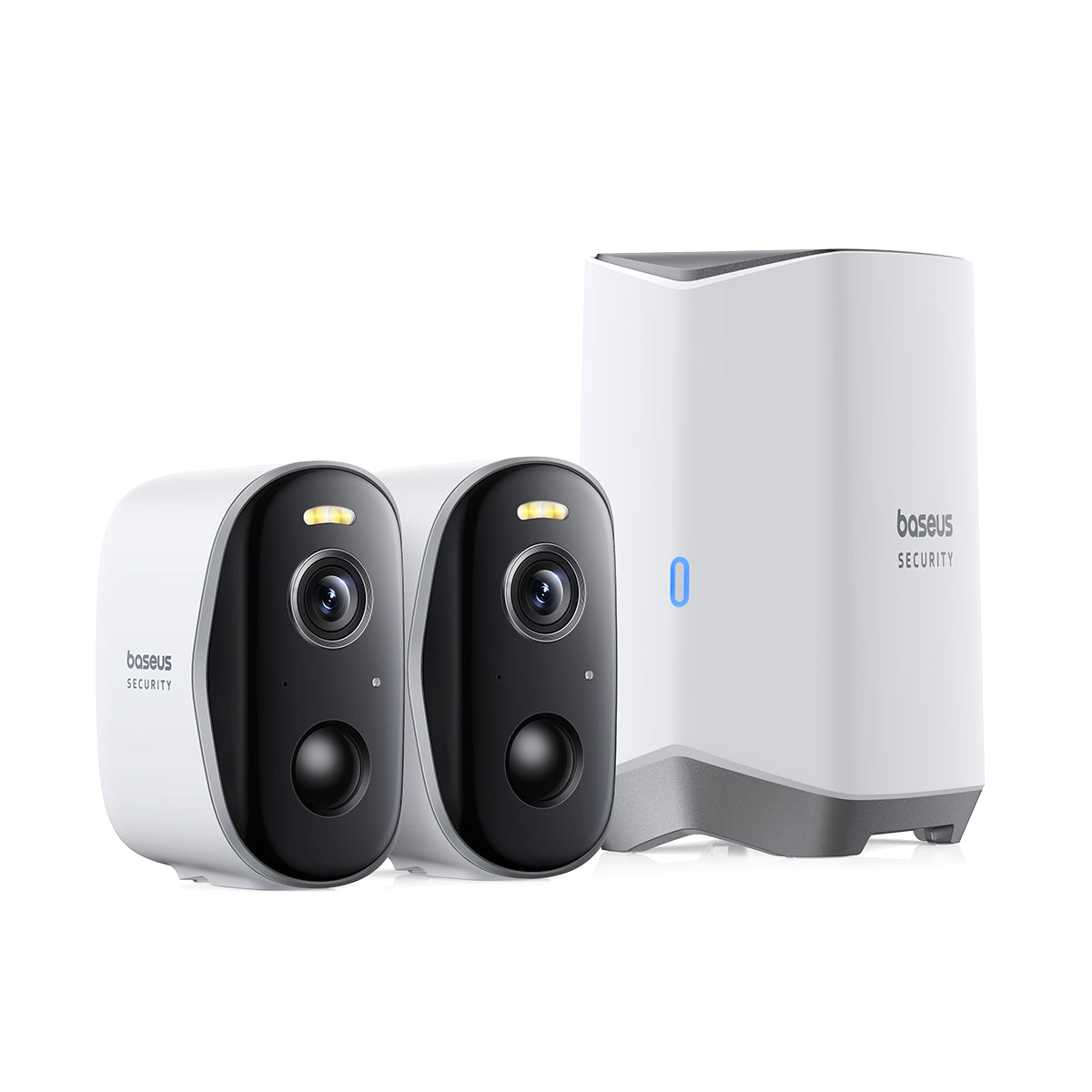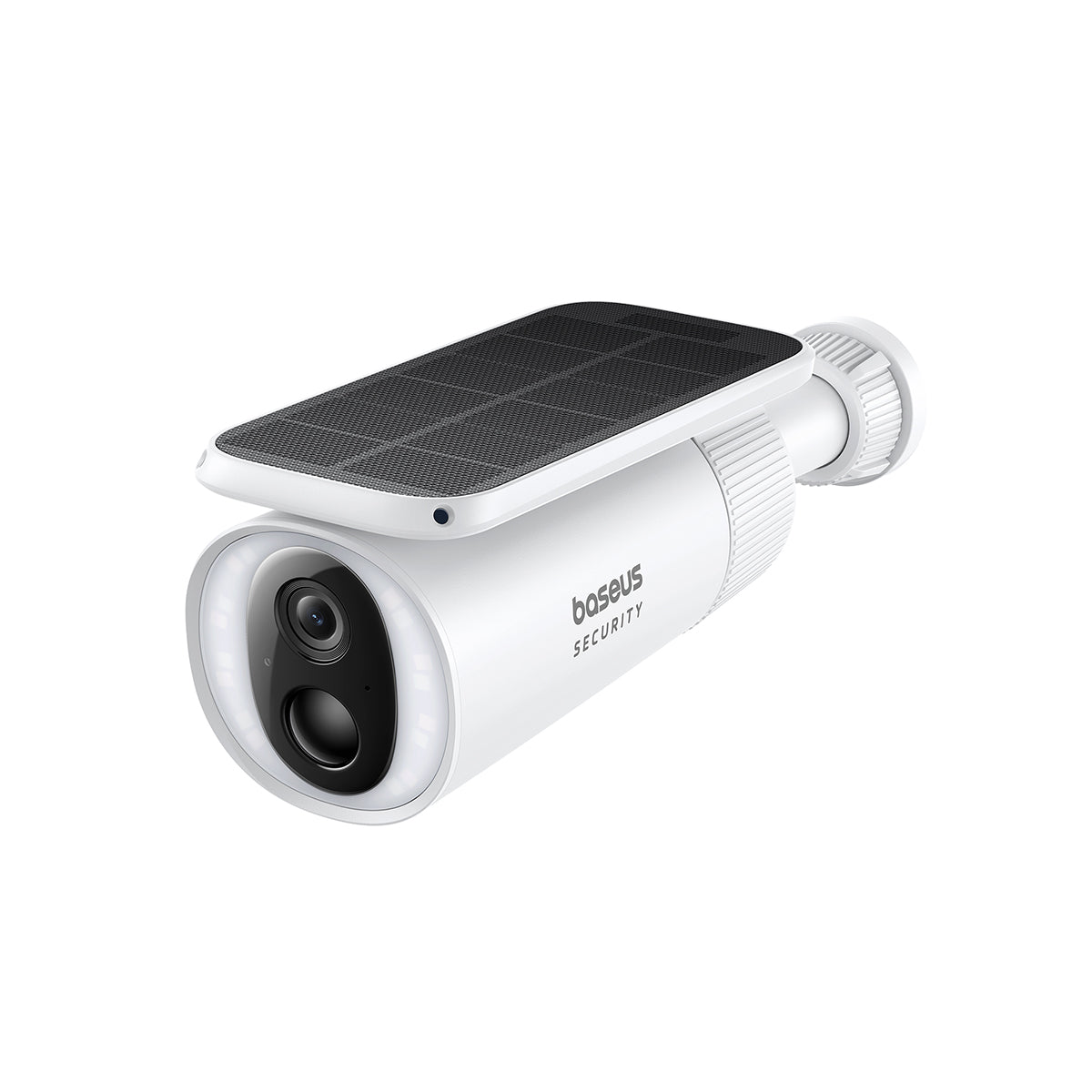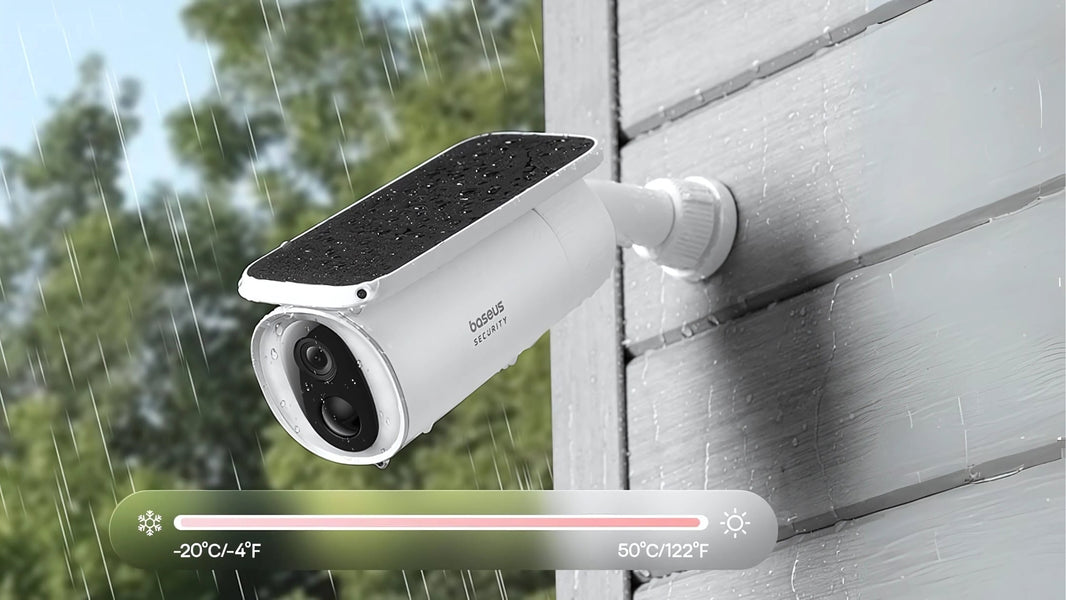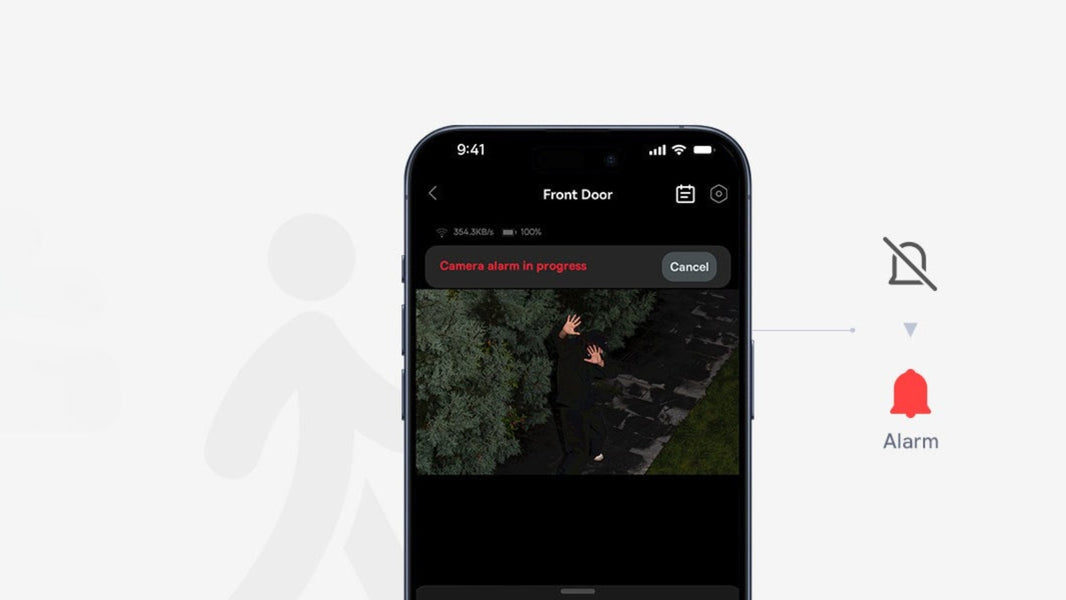The allure of the modern smart home is undeniable—a seamless symphony of devices working in concert to automate our lives, predict our needs, and offer unprecedented convenience. Nearly 50% of European and North American homes will be smart by 2028. With a simple voice command or a tap on our phone, lights adjust, thermostats learn our preferences, and music follows us from room to room. But beneath this glossy veneer of futuristic living lies a critical question, one that echoes in the mind of every discerning homeowner: is this intricate digital ecosystem truly secure?
The answer, complicated as it may be, hinges on the most crucial component of this connected fortress: the security camera. A well-chosen and properly secured smart camera can be the vigilant guardian that transforms a convenient home into a truly protected one. This guide will explore the immense potential and inherent risks of integrating security cameras into your smart home, providing you with an actionable blueprint for achieving maximum protection.
What is a Smart Home?
Before we delve into the security implications, we must first answer the fundamental question: what is smart home technology, really? At its core, a smart home is a residence equipped with a network of internet-connected devices (the Internet of Things, or IoT) that work together to automate tasks and be controlled remotely.
Think of it not as a collection of gadgets, but as a home with a digital nervous system. This system has several key components:
- A Central Hub: Often a smart speaker (like Amazon Echo or Google Nest Hub) or a dedicated controller that acts as the brain, processing commands and managing communication between devices.
- Sensors: These are the nerve endings, collecting data from the environment. They can be motion sensors in a security camera, temperature sensors in a thermostat, or contact sensors on a door.
- Actuators: These are the muscles that perform actions based on commands or sensor data—a smart lock securing a door, a smart bulb dimming its light, or a smart plug cutting power to an appliance.
This interconnected web allows for incredible automation. Your coffee maker starts brewing when your smart alarm clock goes off. Your lights turn on automatically when your smart home security camera detects you pulling into the driveway. It is this intelligent interaction that defines the modern smart home experience.
What is a Smart Outdoor Camera?

An outdoor security camera is no longer a simple device that just records footage to a local DVR. The modern smart outdoor camera is an active, intelligent participant in your home's security ecosystem. Unlike its "dumb" predecessors, a smart camera doesn't just see—it understands.
The "smart" designation comes from a suite of advanced capabilities that transform it from a passive observer into a proactive guardian.
Intelligent Motion Detection
Early motion detection was notoriously unreliable, triggered by swaying branches, passing cars, or even stray animals. A true smart outdoor camera uses advanced algorithms and often Artificial Intelligence (AI) to differentiate between people, packages, animals, and vehicles. This means you receive alerts that actually matter, drastically reducing the nuisance of false alarms and allowing you to focus on genuine security events.
Seamless Integration and Automation
This is where the magic of the home security camera smart home integration truly shines. A smart camera doesn't operate in a silo. It can trigger a cascade of events across your home's network. For instance, if the camera detects a person on your property after 11 PM, it can automatically turn on all the outdoor floodlights, play an audible warning through its speaker, and lock the smart locks on your doors. This creates a dynamic, responsive defense system that actively deters intruders.
Advanced Features: 4K Clarity and Power Autonomy
The pinnacle of smart outdoor surveillance technology combines incredible visual fidelity with operational independence. For those who demand the absolute best in perimeter security, a camera like the Baseus S1 Pro Outdoor Security Camera sets the standard. Its stunning 4K resolution captures every detail with breathtaking clarity, providing forensic-level evidence if needed. Critically, its integrated solar panel offers true power autonomy, ensuring it remains vigilant day and night without ever needing a manual recharge.
For versatile, high-performance coverage, a formidable workhorse like the Baseus N1 Outdoor Security Camera provides an exceptional balance of features. Its crisp 2K video and robust design make it a powerful and accessible option for monitoring any part of your property, integrating seamlessly into your smart home routines.
How Smart Home Technology Will Change Our Lives
Writing from the perspective of mid-2025, we are only just beginning to scratch the surface of how deeply this technology will be woven into the fabric of our daily existence. The changes coming are not merely incremental; they are transformative.
Proactive Health and Wellness
The smart home will evolve into a passive health monitoring system, especially for the elderly or those with chronic conditions. Imagine sensors that can non-intrusively monitor sleep patterns, detect falls, or even track subtle changes in gait or activity levels, automatically alerting family members or emergency services to potential health issues long before they become critical.
Unprecedented Energy Efficiency
Smart homes of the near future will go beyond simple programmable thermostats. They will become dynamic energy ecosystems, learning the thermal properties of your home and your family's daily rhythms. They will automatically adjust heating and cooling based on real-time electricity prices, weather forecasts, and who is home, minimizing your carbon footprint and drastically reducing utility bills without sacrificing comfort.
A New Paradigm of Security
We are moving beyond reactive security. The future is proactive and predictive. A fully integrated security system will use data from multiple sensors—cameras, door sensors, glass-break detectors—to understand patterns. It will know the difference between the mail carrier's routine and an unfamiliar individual lingering too long. Before an intrusion is even attempted, the system can initiate a deterrent protocol: illuminating the property, issuing a powerful verbal warning, and notifying you with a high-priority alert. This is security that doesn't just record a crime; it actively prevents it.
The Elephant in the Room: Are Smart Home Security Cameras Safe?
This is the most important question of all. The answer is a nuanced one: a smart home security camera is only as safe as the network it's connected to and the practices of the user who controls it. The very connectivity that makes these devices so powerful is also their greatest potential vulnerability.
The risks are real and must be understood:
- Unauthorized Access: The nightmare scenario for any owner is a hacker gaining access to the live feed of their cameras. This can happen through various means, including brute-force attacks on weak passwords or exploitation of unpatched firmware vulnerabilities.
-
Data Privacy Concerns: When you use a cloud-based camera, your footage is stored on a company's servers. It is crucial to understand that company's privacy policy. How is your data encrypted? Who has access to it? A reputable company will have transparent and robust policies to protect your privacy.
- Network Vulnerabilities: A smart camera is just another device on your Wi-Fi network. If your network itself is not secure (e.g., you're still using the default router password), it provides an open door for bad actors to access not just your camera, but every connected device in your home.
Your Action Plan: How to Secure Your Smart Camera and Home
Fear is not a strategy. Action is. Securing your smart home ecosystem is not only possible but straightforward if you follow a deliberate, multi-layered approach.
1. Start with a Strong Network Foundation
Your Wi-Fi router is the front door to your entire digital life. Secure it first. Change the default administrative password immediately, and ensure your Wi-Fi password is long, complex, and uses a mix of letters, numbers, and symbols. If your router allows, create a separate "guest network" for visitors and connect your IoT devices to it, isolating them from your primary computers and phones.
2. Master Your Account Passwords
Do not use the same password for your camera's mobile app that you use for your email or banking. Every single online account should have a unique, strong password. Use a password manager to generate and store these complex credentials securely.
3. Enable Two-Factor Authentication (2FA)
This is arguably the single most effective step you can take to prevent unauthorized access. 2FA requires a second form of verification—usually a code sent to your phone—in addition to your password. This means that even if a hacker steals your password, they cannot access your account without also having physical access to your phone. Turn it on. Always.
4. Keep Firmware Religiously Updated
Those firmware update notifications are not suggestions; they are essential security patches. Manufacturers release updates to fix bugs and, more importantly, to patch security vulnerabilities they've discovered. Enable automatic updates if possible, or make a habit of checking for them manually every month.
5. Choose Reputable Brands
Stick with established brands that have a proven track record and a clear commitment to user security and privacy. These companies are more likely to invest in secure hardware, provide ongoing firmware support, and have transparent privacy policies. For more guidance on securing internet-connected devices, reputable sources like the US Cybersecurity & Infrastructure Security Agency (CISA) provide excellent, actionable advice for consumers.
The Verdict: A Secure Smart Home is an Intentional One
The connected home is here to stay, and its centerpiece, the smart camera, is an incredibly powerful tool for modern security. Convenience and safety are not mutually exclusive goals. By taking intentional, proactive steps to fortify your network, manage your credentials, and choose your hardware wisely, you can mitigate the risks and unlock the full potential of your smart home. A truly secure smart home isn't just one that's full of gadgets; it's one where technology is deployed with purpose, foresight, and an unwavering commitment to digital safety.
Ready to build a smarter, more secure home?
Explore our complete collection of security cameras and find the perfect guardian for your home.











